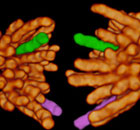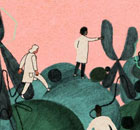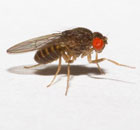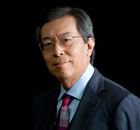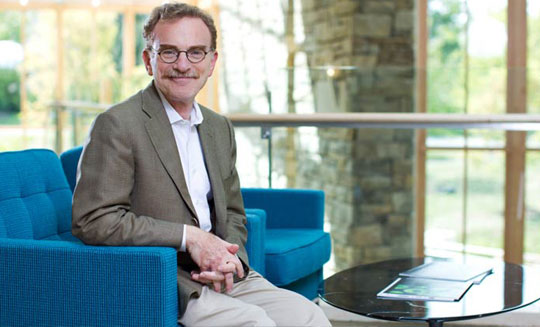
Q&A: Randy Schekman on New Open Access Journal
In July, HHMI investigator Randy W. Schekman was named editor-in-chief of a new open access journal announced this year by HHMI, the Max Planck Society, and the Wellcome Trust. A distinguished cell biologist and the 14th editor of the Proceedings of the National Academy of Sciences, Schekman is now recruiting active scientists to serve at the heart of the new journal’s editorial operations. The first issue is expected to publish in 2012.
Q: What are some concerns about scientific publishing that you are hearing from your colleagues?
A: They have concerns about a number of issues, such as the difficulty in getting a response [about a submitted article] quickly; the endless cycles of resubmission of revisions, sometimes leading, ultimately, to the paper being rejected; the expense associated with experiments that the editor feels are essential on the basis of comments from referees. Very often referees will ask for challenging experiments that might be good to do but should not be necessary to publish the paper in the first place.
Q: In your opinion, why it is critical to have active, practicing scientists be a part of this journal?
A: A scientist who has a laboratory and sees the daily successes, frustrations, and limitations of experimental approaches is better equipped to judge and prioritize comments—often disparate comments—from other scientists who are evaluating the work. I think the critical difference between a professional editor and an active scientist is judgment to make the call.
Q: How do scientists decide where to submit their research articles for publication?
A: I think most people have a sense of whether something is really important. I think that people understand that most papers are not going to have the highest impact; it’s always an effort to adjust the expectations of students and postdocs about where their work would fit. Some principal investigators are more effective at that than others. Some will succumb to the pleas of their students and postdocs. They’ll tell them, ‘This really isn’t going to fly, but we can try.’ It gets bounced, and they move down the food chain.
What drives this, I’m afraid, is all too often that students and postdocs quite rightly realize that their career hangs in the balance, and unfortunately review committees and job committees sometimes use where work is published as a surrogate for reading the paper. So a postdoc will insist, ‘Look, if I don’t get a paper in one of these top journals, my chances of getting an academic job are limited.’
Q: What are some of the characteristics that make a good editor-in-chief?
A: First of all, you have to be diplomatic and you can’t take things personally. At any journal, people get upset when their paper is rejected, so you have to be able to explain things calmly and not take offense at sometimes-aggressive remarks. Anybody who is headstrong should not even think about being an editor.
You also have to be willing to put in a lot of time. This is not a job that someone still in the growth phase of his or her career should consider because it’s just time-consuming. At PNAS, I sometimes spend half of my day dealing with correspondence from authors and members. There’s just no way around putting in that time. It’s not a job for someone who thinks they can just make some high-level decisions and then everything else will happen by itself.
Q: Why did you take on this new challenge?
A: Unlike other experiences that I’ve had—for instance, as chair of a department or in administrative capacities at a university—at a journal, you get to do things. You actually get to make changes. As chair of a very large department at a university, you have almost no authority to do anything; when you’re involved as the editor-in-chief of a journal like PNAS, you can make changes and improve things, or try to improve things.
For the new journal, it’s a completely blank slate. Although there are stakeholders involved here, it’s an opportunity to start all over.
